Hollywood on Exhibit
Movie memories come to life inside the filmmaking collections of these seven museums
/https://tf-cmsv2-smithsonianmag-media.s3.amazonaws.com/filer/Marilyn-Monroe-The-Seven-Year-Itch-631.jpg)
We all remember transformative movie moments—not just the actors, but the props and costumes that bring them to life. But what happens to our favorite movie relics when their lives on film end?
In the past, movie memorabilia was scattered -- actors and film crews kept objects from the set as valuable souvenirs or prized items were sold to the highest bidder. Most movie artifacts ended up in private collections, stored away by the studios or, unknowingly, in Halloween costume shops.
Today, there is movie magic on display in museums across the country, inside institutions that realize the historical value present in wizard robes, film trailers and historic scripts. Below are seven museums that bring the treasures of filmmaking to the visiting public:
Smithsonian's National Museum of American History Washington, DC
Curator Dwight Blocker Bowers dons latex gloves before removing Dustin Hoffman's dress from "Tootsie." The petite, red-sequined gown was a gift from the actor after the 1982 film, in which he played a difficult actor who lands a role on a daytime soap opera as his drag alter ego, Dorothy Michaels.
"Hoffman wanted the dress here," says Bowers, who oversees the Smithsonian museum's entertainment collection, containing over 750 pieces of movie-related memorabilia. "This happened in the days when people would just call up and give things. Now we pursue them a little bit more," he says. "We depend a great deal on the kindness of strangers."
The dress is securely stored in a cabinet, a few shelves above actor Bruce Willis's simulated bloody white tank top and badge from the "Die Hard" action movies. Nearby, are shoes worn by 6-year-old vaudeville performer Rose Marie (of Dick Van Dyke fame) in the first talking picture short, a prologue to "The Jazz Singer" in 1927.
Bowers takes care to preserve objects that evoke an emotional response and tell the story of American film. The collection is famous for its ruby slippers from the 1939 classic "The Wizard of Oz", but also includes an early production copy of the film's script. In that script, the slippers are silver and there are several more characters, including Prince Florizel, the Cowardly Lion's alter ego, and Lizzie Smithers, the Tin Man's love interest.
"It shows you the creative process," Bowers says. "It shows you the revisions that take place and how the product goes from the initial vision to that which the public sees."
The Fashion Institute of Design & Merchandising Museum & Galleries Los Angeles, California
A distressed purple Joker suit worn by late actor Heath Ledger while filming "The Dark Knight," was just one highlight from this year's "Outstanding Art of Motion Picture Costume Design" exhibition at the FIDM Museums & Galleries.
"We borrowed it from the Warner Brothers archives," says museum curator Kevin Jones. "We were specifically instructed that the socks had to show."
Since 1992, work by all but two of the artists nominated for a Best Costume Design Academy Award, as well as other popular costumes, have been included in the annual show, which runs from January through March each year. In order for everything to be in place by the Awards, the curators must reserve the costumes long before the nominations are announced.
Jones, a costume historian, was glad "The Duchess" designer Michael O'Connor won this year's Best Costume Design Oscar. "The details were magnificent," Jones says. "It really gave you an idea of what the 18th century was like in movement."
Though all of the costumes in the Motion Picture exhibition are borrowed, the 12,000-piece permanent collection at the FIDM Museums & Galleries is rich in Hollywood history, such as the crème colored, silk dress worn by Jean Harlow in the 1933 film "Bombshell."
In 2005, director George Lucas personally requested the museum host "Dressing a Galaxy: The Costumes of Star Wars," an exhibition that included designs from all six films. Over 120 costumes were included, such as the Queen Amidala's gown from the 1999 production of "The Phantom Menace" and Princess Leia's concubine outfit from 1983's "Return of the Jedi."
Oklahoma City Museum of Art Oklahoma City, Oklahoma
Film curator Brian Hearn had 30 seconds to decide whether to get his art museum involved in the film collection business. After a janitor from a local university found some old 16-millimeter film prints in a closet, a colleague asked Hearn whether he'd take them. His affirmation began the museum's film collection. Now three years old, it contains more than 500 prints, including rare Betty Boop and Popeye cartoons.
As donations came in, Hearn noticed he was receiving hundreds of film trailers. He decided to create a regular program for visitors, "Movie Trailers: Trash or Treasure?"
"Trailers are promotional items. They're created to have a shelf life," Hearn explains. "Once the movie is theatrically released, the trailer becomes a disposable object to the copyright owner."
More than 300 trailers in the museum's collection span approximately 40 years. "They are meaningful in a lot of ways," Hearn says. "Some are innovative in their design, or were for very important films. And some are just funny as hell," referring to the preview to the 1975 British satire "Monty Python and the Holy Grail."
The oldest trailer in the collection is for director Stanley Kubrick's 1968 science-fiction film "2001: A Space Odyssey," and features the movie's key musical motif by German composer Richard Strauss. One of the more recent previews acquired by Hearn is for 2004's "Eternal Sunshine of the Spotless Mind," which ran as an infomercial for Lacuna, Inc., the fictional organization that attempts to erase bad memories from the brain.
Natural History Museum of Los Angeles County Los Angeles, California
When King Kong first climbed the Empire State Building in 1933, it was a historical moment, both for giant gorillas and stop motion animation. The art of creating film from snapshots of posed prehistoric figures was the hallmark of special effects artist Willis O'Brien. He designed the hand Kong used to scale New York City and the sailor-killing apatosaurus featured in the film. Both can be found in the archives of the Los Angeles County's Natural History Museum.
With a collection spanning back to the 1930s, the museum has amassed tens of thousands of artifacts from the city's motion picture industry. Among the museum's acquisitions are the tramp costume worn by Charlie Chaplin in the 1931 silent film "City Lights," the animation stand that Walt Disney used to sketch the first Mickey Mouse cartoons and a velociraptor from the 1993 blockbuster "Jurassic Park."
To be considered for acquisition by the museum, a piece of movie memorabilia must be a signature piece from a major film or a significant piece of equipment—"something that defines the progression of the technology and the industry," says collections manager Beth Werling.
Currently, much of the collection is not on display due to renovations, but more motion picture artifacts will be on view when the museum's new California History Gallery opens in 2012.
Debbie Reynolds Hollywood Motion Picture Museum Pigeon Forge, Tennessee
When Hollywood studios Fox and MGM liquidated their backlots in the early 1970s, movie costumes were considered to have little value. Debbie Reynolds knew better: The actress stepped in, sorted through the wardrobe departments and started the seeds of her museum.
Before Reynolds began her collection, movie wardrobes were often lost to rental businesses. "Gone with the Wind costumes could have ended up in Halloween shops," says Todd Fisher, Reynolds's son and Chief Executive Officer of her Motion Picture Museum. "Debbie was one of the few people trying to preserve these things, though people thought she was out of her mind."
Reynolds' costume collection found an audience when she opened her first museum in Las Vegas in 1993. Now closed, it will reopen in the fall of 2009 in Pigeon Forge, Tennessee, the home of Dollywood.
There are over 3,500 costumes in Reynolds's collection, the most popular being the ivory pleated "subway" dress Marilyn Monroe wore over a sidewalk grating in the 1955 comedy "The Seven Year Itch." She also has two of the most expensive costumes ever designed -- Barbra Streisand's gold beaded gown from the finale of 1969 musical "Hello Dolly" and the coronation outfit worn by Marlon Brando as Napoleon Bonaparte in the 1954 film "Désirée." Both cost over $10,000 to create.
"You have the movies, but the question is what are the tangibles that remain?" Fisher says. "Many of the actors are gone and can't tell you the stories. The idea that these costumes remain from these scenes is more important than you may think."
Chinese American Museum Los Angeles, California
Film historians consider the 1937 premier of "The Good Earth" to be a milestone for Chinese Americans on film. No Chinese-American had a starring role in the story about the struggle of Chinese farmers to survive harsh social and economic times. In fact, the all-white cast was made up in "yellow face." But the film was the first major motion picture that did not portray Chinese people as criminal or submissive stereotypes.
An upcoming exhibition at the Chinese American Museum about "Hollywood Chinese" will include film stills and a coat from "The Good Earth," along with examples of Chinese contributions to American feature films. The show, which will run between October 23, 2009, and May 31, 2010, is inspired by a documentary by award-winning director Arthur Dong, who serves as guest curator of the exhibition.
"For most of the 20th century, Chinese American actors could not be picky about their work," says exhibitions coordinator Lorien Bianchi. She cites actor James Hong, who describes a third of his roles as stereotypes, such as old Chinese Masters, but also a third of his paycheck.
The exhibit, which features approximately 50 objects from the museum's collection, also recognizes proud moments for Chinese in Hollywood. The 1961 musical "The Flower Drum Song" was one of the first to star a Chinese American actress, Nancy Kwan. And then there's the earliest known Chinese American feature film, "The Curse of Quon Gwon," a silent picture written and produced by Marion Wong in 1916. Two reels of the lost film were brought to Dong's attention during his research and the film was added to the National Film Register in 2006.
Warner Bros. Museum Burbank, California
Historically, when a costume or prop came back from a Warner Brothers set, it was stored for rent or reuse in future films. (The Maltese Falcon, for instance, made number of cameos in other films.) But when a renter found the name of cultural icon Humphrey Bogart in a costume, the head of the wardrobe department decided that star pieces should be set aside. "That was the beginning of the archive," says Leith Adams, co-executive director of the Warner Brothers Corporate Archive.
Eventually, the studio's collection grew to include items as varied as Betty Davis costumes, several versions of the Batmobile and the original storyboard from the 1957 Bugs Bunny cartoon "What's Opera, Doc?"
The studio's museum opened in 1996 and is accessible only to visitors who register for a VIP Studio Tour, Historic highlights from the collection are on view alongside current memorabilia, such as pieces from the 2009 superhero film "Watchmen."
There are also props from the Harry Potter films, including the entire cupboard under the stairs, the Goblet of Fire, Tom Riddle's diary, magic books and robes. "We call it the disappearing Harry Potter exhibit," Adams says. "Whenever the next film needs something, we send it back."
/https://tf-cmsv2-smithsonianmag-media.s3.amazonaws.com/accounts/headshot/joseph-caputo-240.jpg)
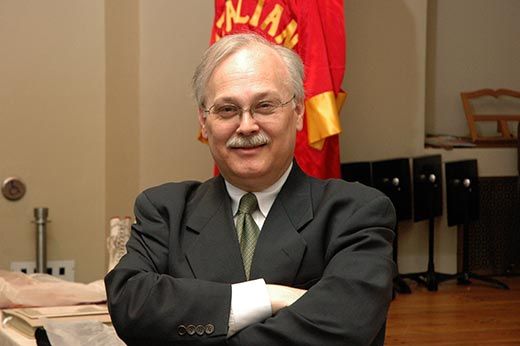
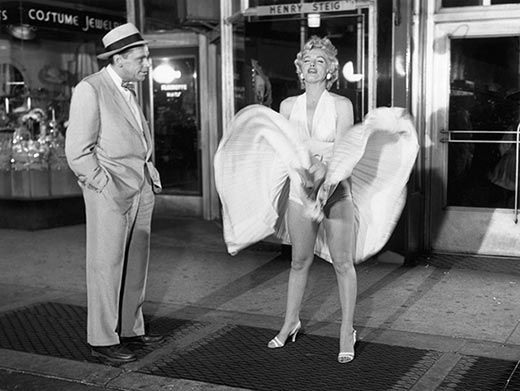
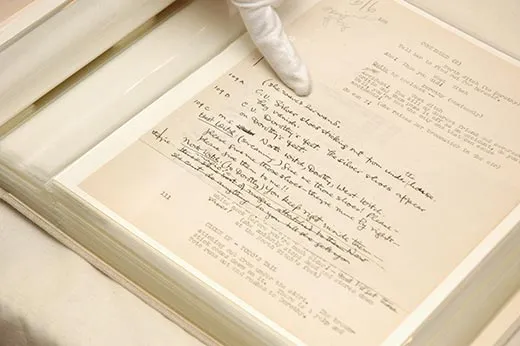
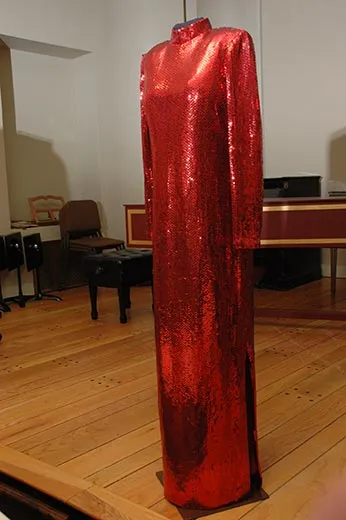
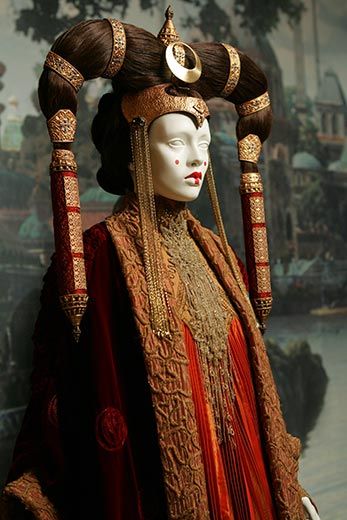
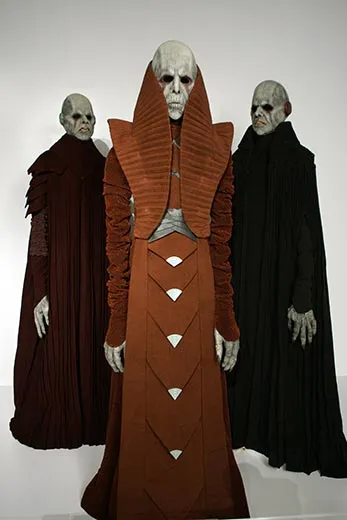
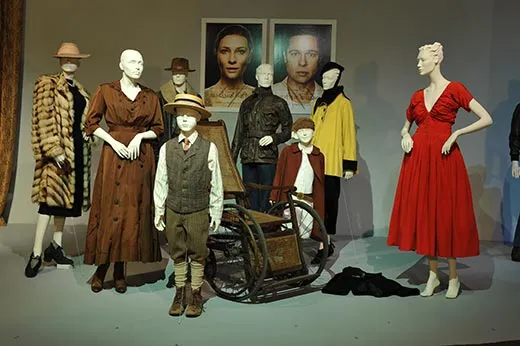
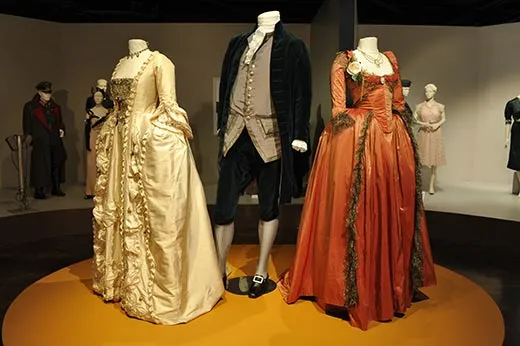
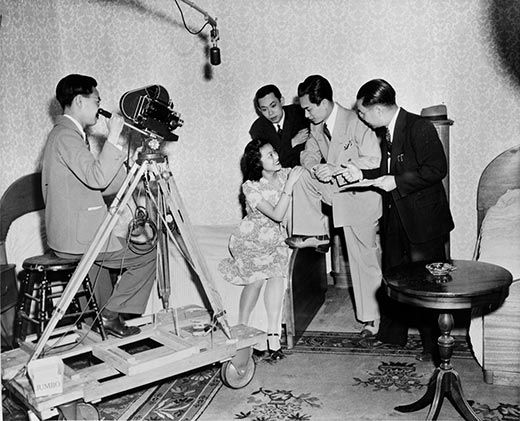
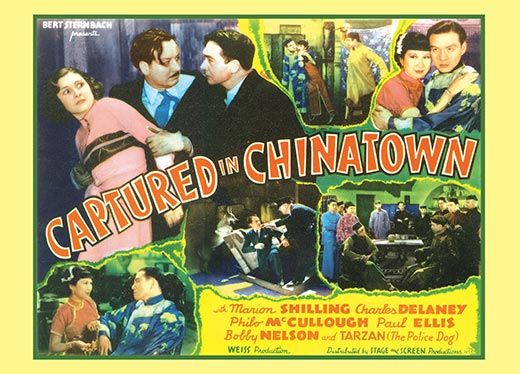
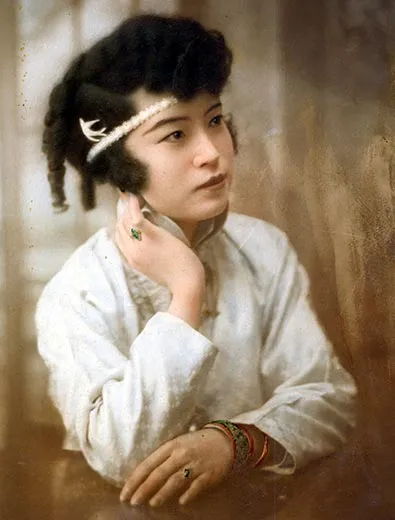
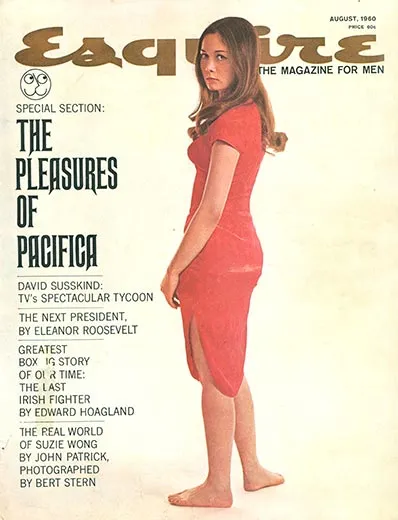
/https://tf-cmsv2-smithsonianmag-media.s3.amazonaws.com/accounts/headshot/joseph-caputo-240.jpg)